Inside the World’s Hazardous Areas: Where Safety is a Concern
The world is full of fascinating places, but not all of them are safe to visit. Some areas are considered no-go zones due to extreme danger, whether from political instability, high crime rates, or hazardous environmental conditions. These regions are often under strict travel advisories and are best avoided by tourists. Here are five of the world’s most dangerous no-go zones, each with its unique risks and reasons for their notoriety.
1Mogadishu, Somalia
0 votes
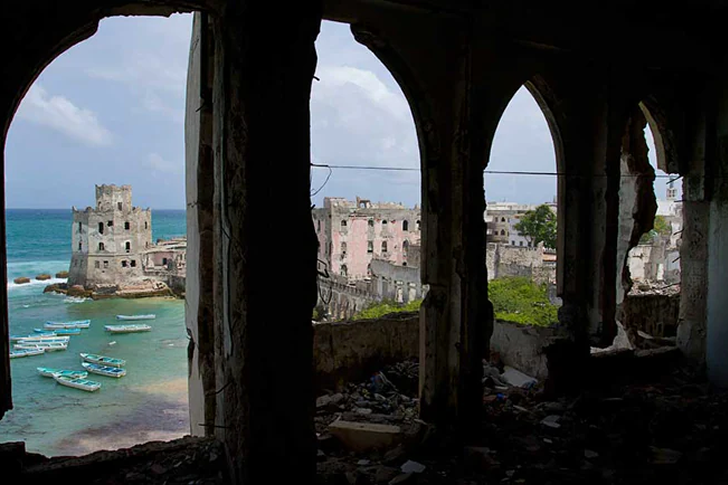

Mogadishu, the capital of Somalia, is often cited as one of the most dangerous cities in the world. Decades of civil war, coupled with ongoing conflicts involving Islamist militant groups like Al-Shabaab, have led to widespread instability and violence. The city faces constant threats from bombings, kidnappings, and armed clashes, making it extremely hazardous for both residents and visitors. Humanitarian conditions are dire, with many people lacking access to basic necessities. Despite efforts to restore order, Mogadishu remains a volatile and dangerous place. International travel advisories strongly discourage visits to Mogadishu due to the high risk of violence and terrorism.
0
Do you agree? 0% of people agree with your point of view!
2North Sentinel Island, India
0 votes
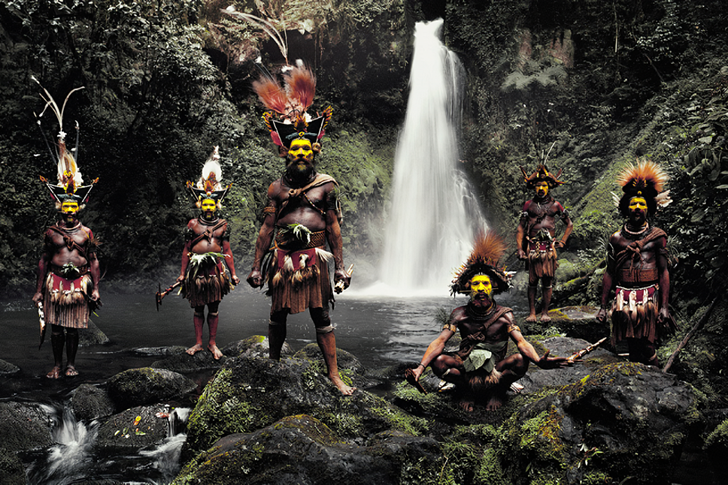

North Sentinel Island, part of the Andaman and Nicobar Islands in the Indian Ocean, is home to the Sentinelese, one of the world’s last uncontacted tribes. The Indian government has declared the island off-limits to protect the Sentinelese from outside influences and diseases to which they have no immunity. The tribe is known for their hostility towards outsiders, often attacking anyone who attempts to approach. In 2018, the death of an American missionary who illegally visited the island highlighted the extreme danger and the tribe’s determination to remain isolated. North Sentinel Island is not only a no-go zone due to its inhabitants’ hostility but also because of the ethical implications of contacting uncontacted tribes.
0
Do you agree? 0% of people agree with your point of view!
3Fukushima Exclusion Zone, Japan
0 votes
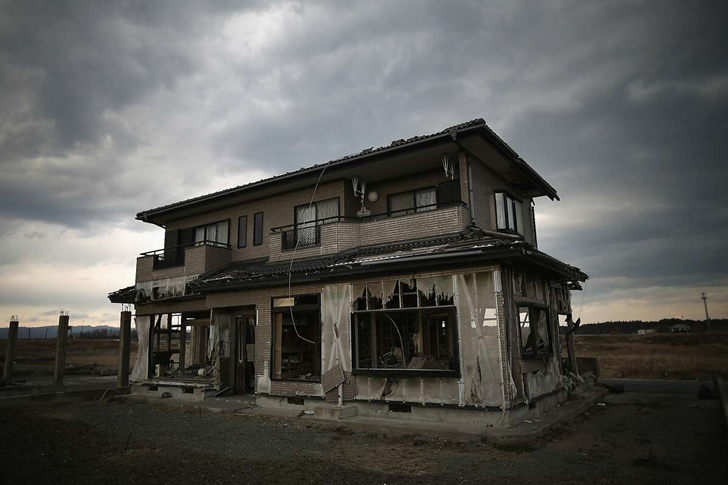

The Fukushima Exclusion Zone, established after the 2011 nuclear disaster at the Fukushima Daiichi Nuclear Power Plant, is another highly dangerous area due to radioactive contamination. The disaster, triggered by a massive earthquake and tsunami, led to meltdowns in three reactors, releasing radioactive material into the environment. The exclusion zone covers a 20-kilometer (12-mile) radius around the plant, with some areas showing dangerously high radiation levels. While decontamination efforts are ongoing, and some parts have been reopened, large areas remain off-limits. The Fukushima disaster has had a lasting impact on the environment and local communities, and the exclusion zone serves as a stark reminder of the dangers of nuclear energy when things go wrong.
0
Do you agree? 0% of people agree with your point of view!
4Ciudad Juárez, Mexico
0 votes
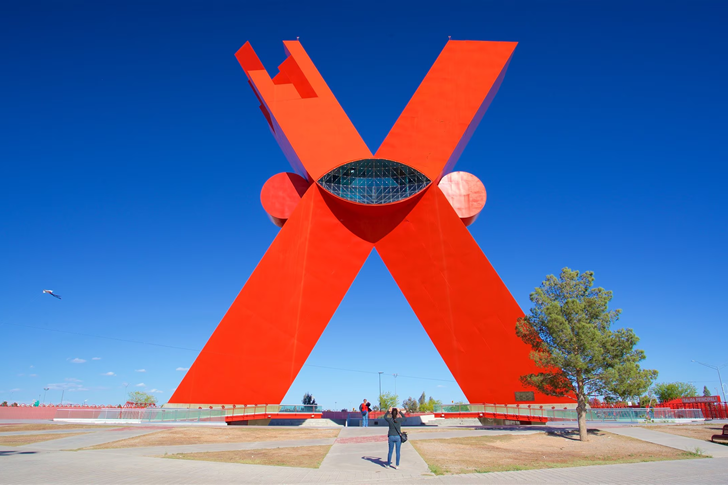

Ciudad Juárez, located just across the border from El Paso, Texas, is notorious for its high crime rates and violence linked to drug cartels. For years, the city has been one of the most dangerous places in Mexico due to ongoing turf wars between rival drug gangs. The violence has resulted in numerous homicides, kidnappings, and other violent crimes, making it a perilous destination for travelers. Efforts to curb the violence have seen some success, but Ciudad Juárez remains a high-risk area with frequent clashes and instability. Travelers are strongly advised to avoid the city due to the unpredictability of the violence and the presence of organized crime groups.
0
Do you agree? 0% of people agree with your point of view!
5Chernobyl Exclusion Zone, Ukraine
0 votes

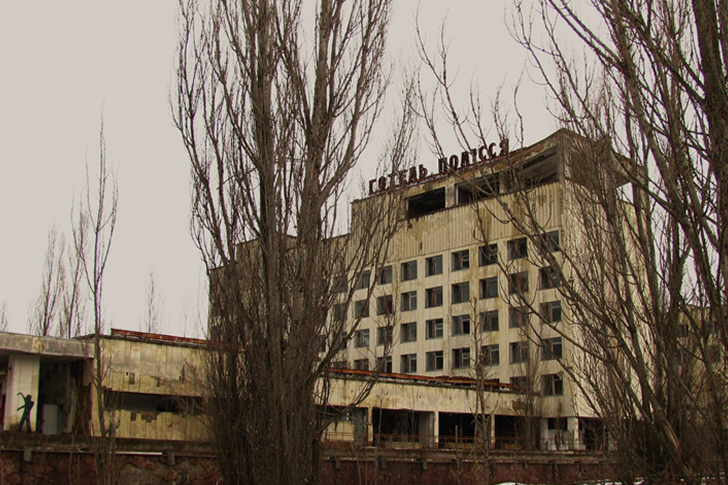
The Chernobyl Exclusion Zone, located in northern Ukraine, is one of the most infamous no-go zones in the world. Established after the catastrophic nuclear disaster in 1986, the area covers approximately 2,600 square kilometers (1,000 square miles) around the Chernobyl Nuclear Power Plant. The explosion released large amounts of radioactive particles into the atmosphere, leading to severe environmental contamination. The zone remains highly radioactive, posing serious health risks to anyone who enters. While controlled tours are available, they are strictly regulated, and many areas within the zone are completely off-limits. Despite the dangers, the site has become a poignant symbol of the consequences of nuclear accidents and a somber reminder of human fallibility.
0
Do you agree? 0% of people agree with your point of view!







Recent Comments